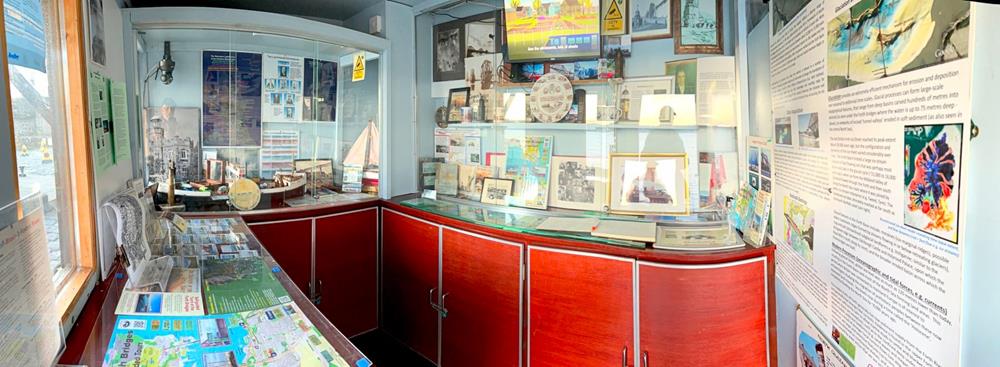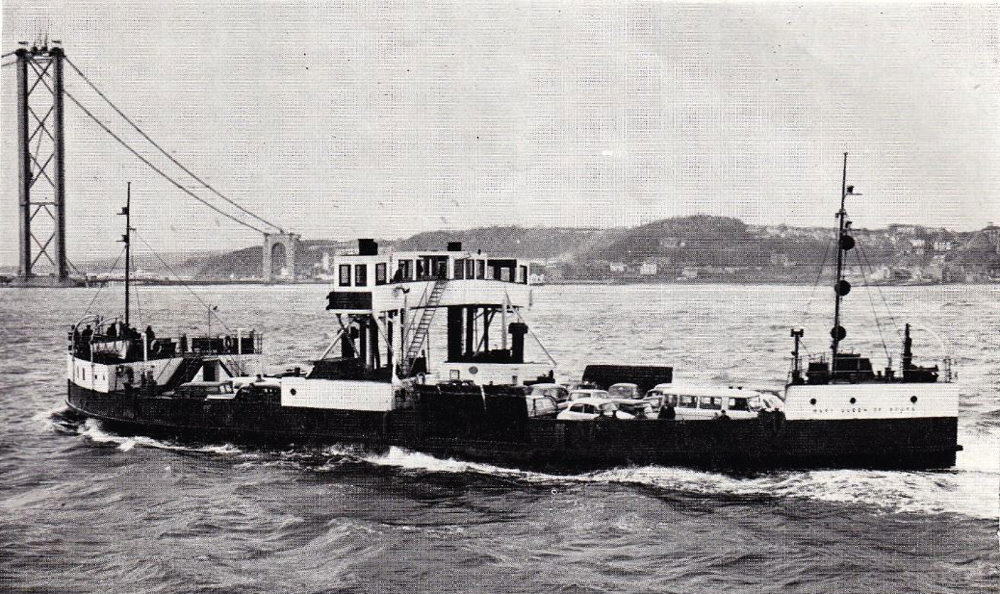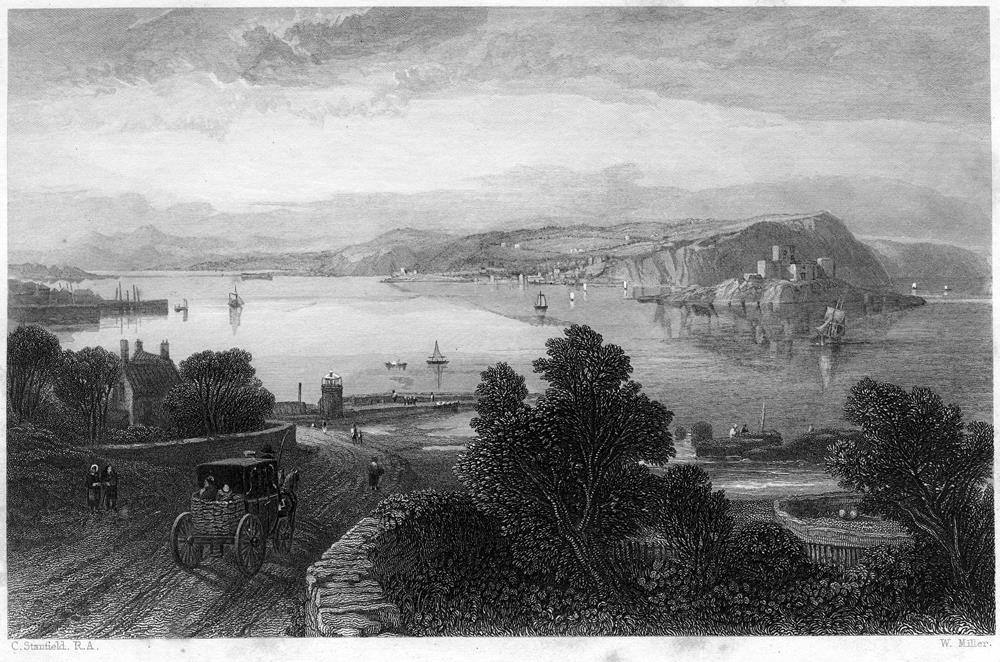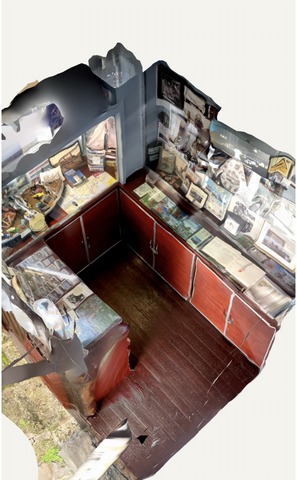Visit the Pierhead Museum

For hundreds of years the “Great Road North” linking Edinburgh with the Highlands involved a ferry crossing of the Firth of Forth.
The Queensferry Passage between North and South Queensferry has been used for millennia as it is the narrowest crossing point for many miles in either direction. Today’s three colossal bridges only serve to highlight the importance of the locale, and the engineering effort required to cross the Forth.
The passage may be relatively narrow, but is it is not straightforward. The tides generate tricky cross-currents with water ebbing at each shore while flooding in midstream. And the passage cuts across the busy shipping channels upstream and down stream. The paddle steamers were very manoeuvrable, able to stop or turn in their own length as they berthed. They could even be made to sail sideways!
 This photograph of “Mary Queen of Scots” was taken in the early 1960’s. The three balls flying from the foremast are not radar reflectors, they are a signal meaning “I give way to other ships!”
This photograph of “Mary Queen of Scots” was taken in the early 1960’s. The three balls flying from the foremast are not radar reflectors, they are a signal meaning “I give way to other ships!”
The ferry crossing features in Robert Louis Stevenson’s “Kidnapped”, Walter Scott’s “Antiquary” and was painted by JMW Turner among others.
 The Queensferry from the South-east engraving by William Miller after C Stanfield, published in Waverley Novels vol ii
The Queensferry from the South-east engraving by William Miller after C Stanfield, published in Waverley Novels vol ii
The Museum
The Pierhead Museum is sited at the top of John Rennie’s Town Pier, opposite “Mount Hooly” the ferry waiting room and offices, of adjacent to Robert Stevenson’s Light Tower.
The museum tells the story of the boats and boatmen who carried countless passengers and seemingly endless freight across the river. Private rowing boats and sail gradually gave way to steam on the Queensferry Passage from the early 1800s when the government grew tired of the poor service being offered by sometimes unruly private boatmen. They invested in new infrastructure – roads, piers, lights, houses and new ferries. The invigorated service ran in competition with other ferry crossings and the railway companies including the line across the mighty Forth bridge, only closing on 4th September 1964 when Queen Elizabeth II opened the Forth Road Bridge.


Inside the museum
More Visitor Attractions
Make a day of your journey – explore Stevenson’s 1817 Light Tower, pop round the corner to the 19th century graveyard in the medieval St James’s Chapel, borrow a book from the Phone Box in Main Street, climb the Brae passing three Village Wells, to reach the Forth Bridge exhibition and giant mural at the Railway Station.
You can pick up walking tour leaflets at any of these points or have a look at our online Walks Page